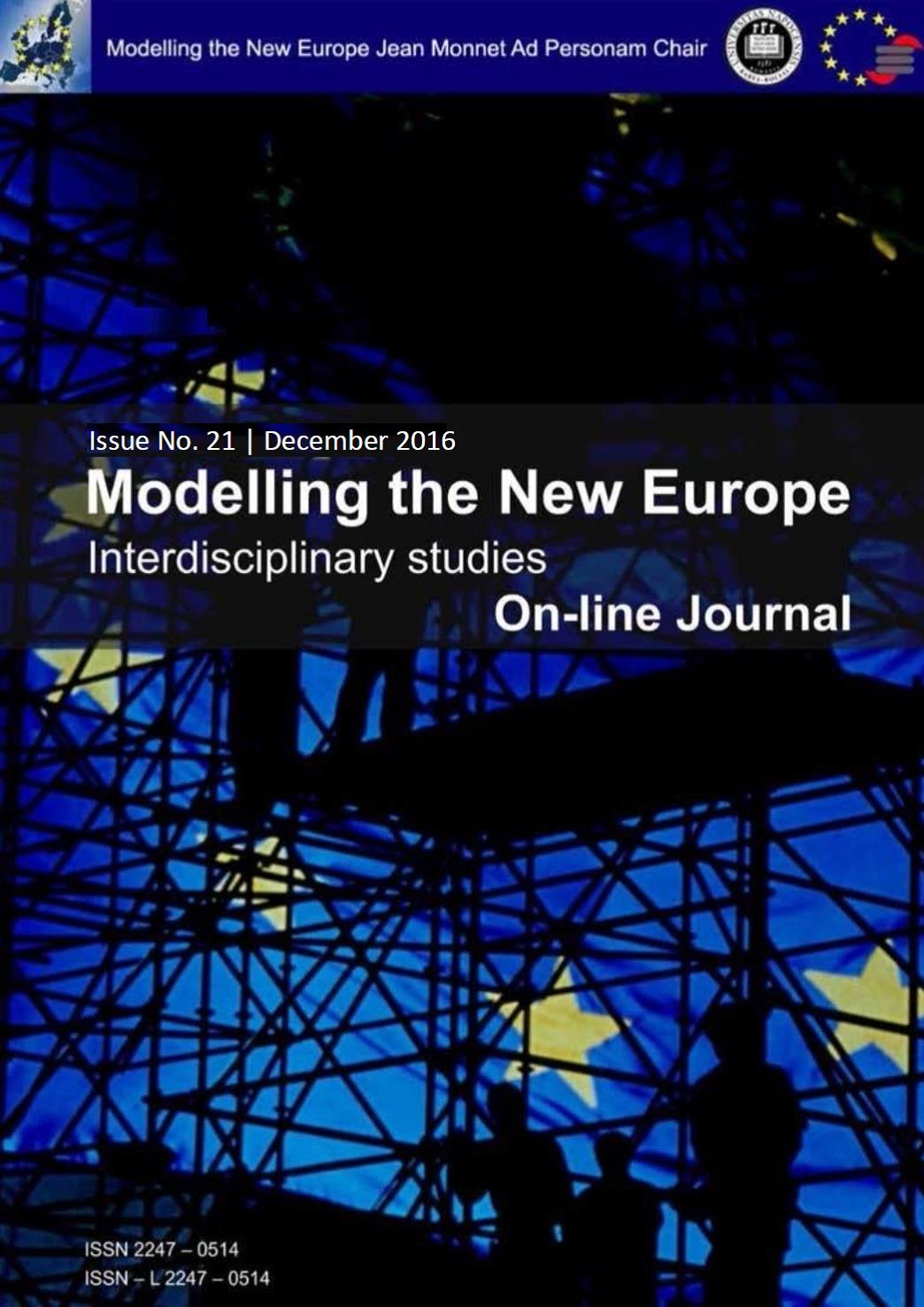UNDERSTANDING HYBRID WARFARE AS ASYMMETRIC CONFLICT: SYSTEMIC ANALYSIS BY SAFETY, SECURITY AND CERTAINTY
UNDERSTANDING HYBRID WARFARE AS ASYMMETRIC CONFLICT: SYSTEMIC ANALYSIS BY SAFETY, SECURITY AND CERTAINTY
Author(s): Markus BresinskySubject(s): Politics / Political Sciences
Published by: Facultatea de Studii Europene -Universitatea Babeş-Bolyai
Keywords: Hybrid warfare; Safety; Security; Certainty; Systemic analysis; Theoretical framework
Summary/Abstract: The emergence of innovative methods and operations in asymmetric conflicts as for example unidentifiable soldiers during the Crimean conflict in 2014 or sophisticated cyberattack against Estonia in 2007 was a trigger for both analysts and scholars to rethink scientific concepts of asymmetric conflict. With introduction of the concept ‘hybrid warfare’ a new systematic element was established in scientific research. Nevertheless, the concept is discussed rather controversially and often its scientific value is questioned. Most of the literature describes the empirical phenomena of hybrid warfare, but does not provide a theoretical based argumentation. This paper addresses the neglected aspect of systemic analysis by focusing on vulnerability of modern societies and outlines a concept based on the theoretical idea of safety, security and certainty to grasp the underlying driving factors of new forms and methods in asymmetric conflicts. The analysis presented here shows that sociology and system engineering have already developed valuable conceptual definitions of safety, security and certainty that can be used for the analysis of asymmetric conflicts. The missing link, closed by this paper, was an interdisciplinary approach to integrate these concepts into an analysis framework. The findings indicated that the new forms of asymmetric conflicts can be understood as a concise and precise analysis of systemic weaknesses of nation states and their societies. Still, Western European nations focus their security policy mainly on past challenges of war and peace. Therefore, societies of these nations remain highly vulnerable to safety threats and uncertainty. The presented theoretical framework supported this result and should, therefore, be of value to analysts and scientists alike aiming to identify the underlying systemic factors of innovative asymmetric conflict.
Journal: Online Journal Modelling the New Europe
- Issue Year: 2016
- Issue No: 21
- Page Range: 29-51
- Page Count: 22
- Language: English

